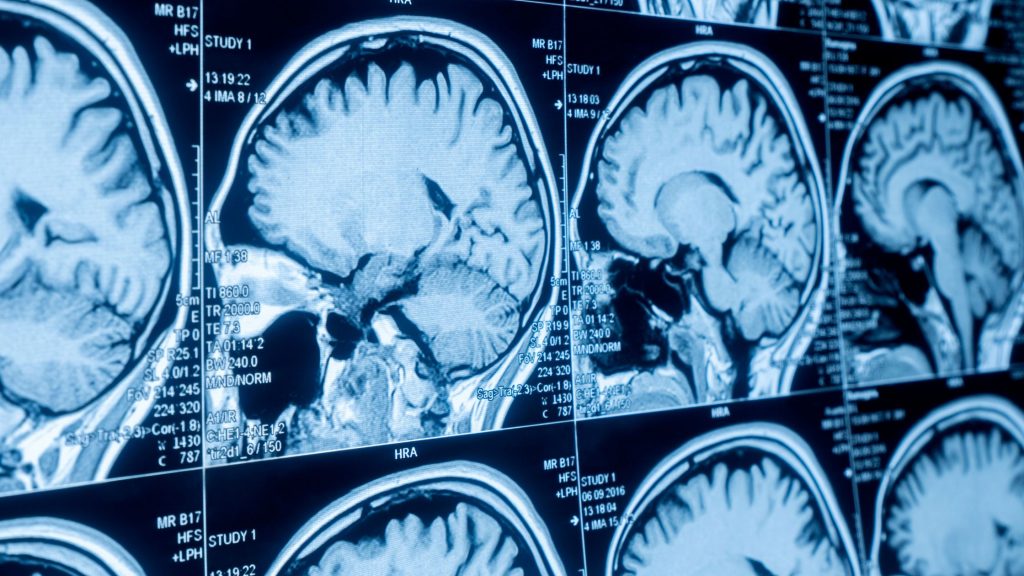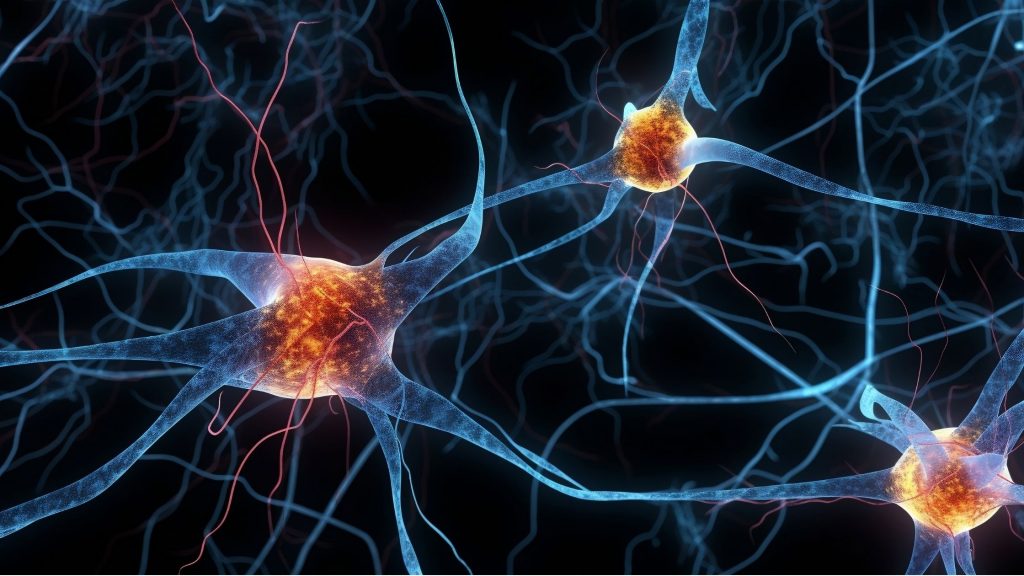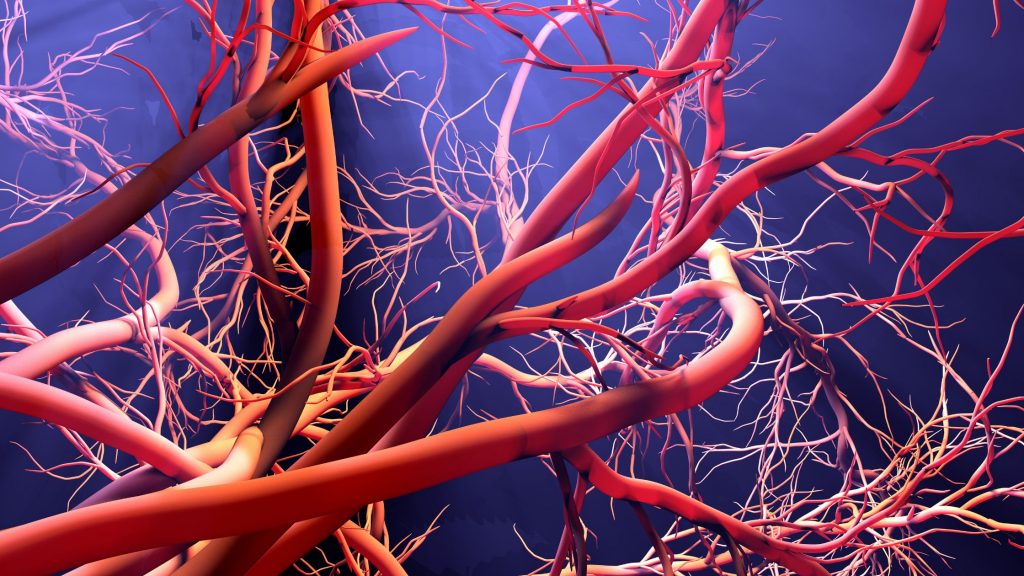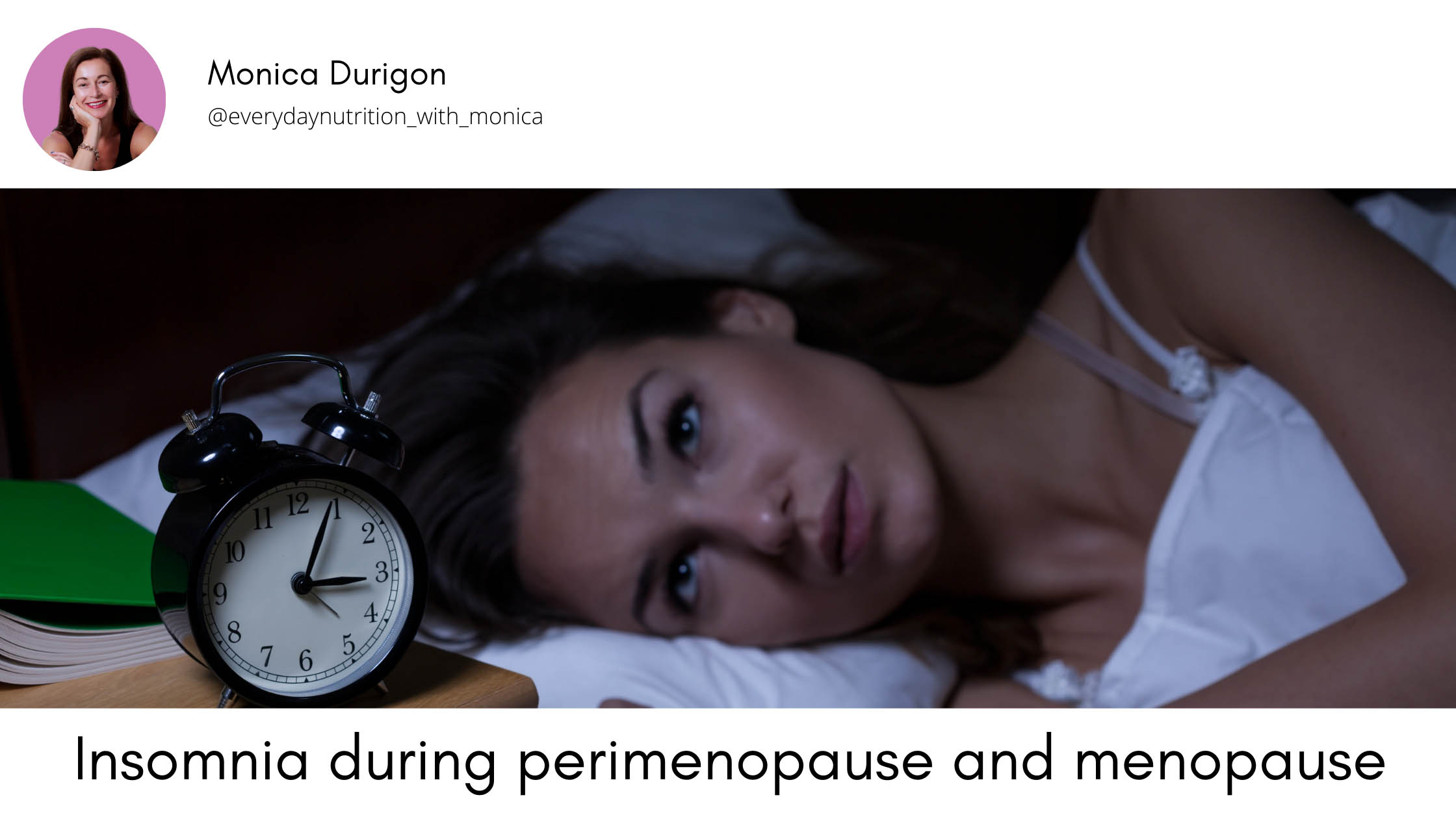How many of the below are you experiencing regularly?
- Memory Lapses: A sudden forgetfulness that wasn’t experienced before, like misplacing items more often or forgetting names and appointments.
- Reduced Focus: Difficulty sustaining attention on tasks, leading to lower productivity and frequent mistakes.
- Mental Fatigue: Feeling mentally drained, even with minimal physical activity. Simple decisions or tasks can seem overwhelming.
- Verbal Slips: Struggling to retrieve the right words during a conversation, which can cause pauses or using incorrect words.
- Clouded Thinking: General confusion or a sense of mental clutter, making it hard to think clearly and logically.
- Impaired Executive Function: Difficulty planning, organising, initiating, and completing tasks.
- Emotional Swings: Alongside cognitive issues, emotional instability can add to the sensation of “fogginess,” as mood swings can make it even more challenging to think clearly.
- Reduced Mental Agility: A slowing down of thought processes, making problem-solving or processing new information less efficient.
All of the above symptoms are part of an umbrella term that we often refer to as “brain fog”. And if you are a perimenopausal or menopausal woman, you are probably very familiar with at least one (if you are lucky) of those symptoms.

What happens to your brain during perimenopause and menopause
In this blog, I discuss the ins and outs of what happens to a woman’s brain during perimenopause and menopause and what you can do to prevent and improve your brain health during the hormonal shifts that start in your 40s.
I explain a critical seminal paper by Dr Luisa Mosconi (et al.), a neuroscientist at Weill Cornell Medicine. This research paper was published in 2021 and describes the changes in the female brain through the menopausal transition. The paper’s title is “Menopause Impacts the Human Brain Structure, Connectivity, Energy Metabolism and Amyloid-Beta Deposition”.
This landmark paper also discusses the neurological differences between men and women through similar stages of life.
One of the critical points made in this paper is that menopause is not just reproductive senescence. It’s not just the absence of menstrual cycles; but in many ways, menopause is also a neurological event. Dr Mosconi found a restructuring and rewiring of the brain and a change in the connectivity and the metabolic profile of post-menopausal women. These changes and adaptations happen as a response to decreased estrogen production.
The study was a neuroimaging study, where the researchers observed the brain structure, the Grey matter and White Matter, and how they changed before menopause, during menopause and after menopause.
Grey matter in the brain is primarily made up of neuron cell bodies and their nuclei and is involved in processing information, controlling muscle movements, and making decisions. It’s where many of our brain’s “thinking” activities happen.
White matter, on the other hand, consists mainly of axons (the “tails” of the neurons) covered in a fatty (white) substance called myelin. It acts as the communication network that connects different parts of grey matter, allowing signals to travel quickly and efficiently across the brain.
In essence, grey matter processes and interprets information, while white matter connects these processing centres, enabling efficient communication within the brain.
The researchers also examined amyloid deposition (beta-amyloid plaques) and energy metabolism. The study’s sample size comprised 161 women. 30 were pre-menopausal, 57 were perimenopausal, and 74 were post-menopausal. The study also compared these women’s brains to an aged-matched male group.
In this blog, I focus on the findings more closely related to “brain fog”, and I will offer you some ideas on how to prevent/decrease it.

Effects on Brain’s Structure and Functionality:
The research shows that the stage of menopause you are at significantly impacts your brain. These changes are unique to women and are not simply related to getting older. After menopause, many of these changes stabilise or even improve.
Think of your brain as a dynamic art gallery. Throughout life, especially during significant hormonal shifts like menopause, the exhibitions (brain functions) change. Post-menopause, some exhibitions get better!
The study found that women who had entered menopause had lower Grey Matter Volume in their brains than those who were either pre-menopausal or perimenopausal. This reduction in Grey Matter Volume was observed in several different areas of the brain. However, in some areas of the brain, perimenopausal women had lower Grey Matter Volume than those who had already gone through menopause.
The study also found that post-menopausal women had lower White Matter Volume in their brains than pre and peri-menopausal women and the age-matched males. However, the conductivity of critical areas was found to be better in post-menopausal women than in pre-menopausal women.Great!
After the menopausal transaction, there is a “rebound effect” similar, in some ways, to what we see after giving birth when the hormonal milieu rebalances. I am sure that if you were blessed with being pregnant and having babies, you remember how you felt sometimes… not being able to think straight, feeling like your brain was in a thick fog and forgetting where you put your keys all the time… However, after the baby is born, that seems to disappear, and by the time you wean your baby, your brain is back to normal.
Think of the above changes like a city undergoing construction: even if some buildings (Grey Matter) are reduced in size or number, the transportation system (conductivity) might be optimised, ensuring that things still run smoothly.

Brain Energetics:
The research also looked at how menopause affects the brain’s energy utilisation. Our brain relies heavily on glucose as its primary source of energy. Glucose metabolism in the brain involves the process by which glucose is taken up by brain cells, converted into energy, and then utilised for various brain functions.
In the post-menopausal group, there was lower glucose metabolism in some brain areas compared to their pre and perimenopausal counterparts. This is known as hypometabolism, in this context, due to the lack of estrogen (other factors can also cause hypometabolism).
However, after menopause, the brain seems to adapt to a new “energy-saving mode,” which correlates with preserved cognition. The brain’s adaptive response is to increase the utilisation of ketone bodies, molecules our body produces as an alternative to glucose.
It’s like shifting to a hybrid car. Initially, you may miss the old performance, but eventually, the hybrid is efficient and meets all your needs and it’s a cleaner form of energy!

Blood flow
Cerebral blood flow is essential for supplying the brain with the nutrients and oxygen it needs to function correctly. The brain is a highly metabolically active organ, requiring constant and sufficient blood flow to maintain its activities. This includes everything from cognitive processes like thinking and problem-solving to essential functions like regulating heartbeat and breathing.
If cerebral blood flow is compromised, it can lead to severe conditions such as stroke, cognitive decline, or other neurological issues.
In the study, post-menopausal women had better cerebral blood flow compared to their perimenopausal counterparts. Once again, after the passage into menopause, there was a rebalancing act.
However, although the study highlighted some positive aspects of “brain re-power”, women still have to face those shifts in hormones and brain structures during perimenopause that can lead to brain fog symptoms that can vary from annoying to life-limiting and that can force brilliant women to take a step back from their personal and professional life.

Can we do anything to prevent and reduce the dreaded brain fog?
The good news is YES, WE CAN! And that involves improving the size of the grey and white matter and the brain energetics during perimenopause and menopause. How?
#1 We can influence the number of neurons we have by actively engaging in activities which increase BDNF ( Brain-Derived Neurotrophic Factor), a protein which is like fertiliser for our brain. It stimulates neurogenesis, the birth of new neurons, which means more Grey and White Matter and the preservation of existing neurons.
#2 We can optimise our blood glucose balance to avoid insulin resistance, which will rob our brain of the glucose it needs to perform optimally.
#3 We can increase the number of ketone bodies our body produces as these become the preferred food for our brain cells, especially during post-menopause.
In this blog, I focus on point 1, how to increase BDNF.
- Physical Exercise
Zone Two Cardio training is very beneficial for secretions of BDNF. This is because, during endurance exercise, you release a protein, FDC5 (fibronectin type three domain-containing protein five), which increases brain-derived neurotrophic factor by about 200% to 300%. CLICK HERE for an explanation of Zone 2 Cardio Training and how to calculate your Zone 2.
- Diet
Certain foods and nutrients can promote BDNF production:
Omega-3 fatty acids: Found in fatty fish like salmon, flaxseeds, and walnuts.
Antioxidants: Found in fruits like blueberries and vegetables like spinach.
Flavonoids: Present in dark chocolate and green tea.
Vitamin D3: get tested and supplement to obtain optimal blood levels (between 100 and 150 nmol/L).
Antioxidants and flavonoids can also be supplemented in concentrated forms. Happy to discuss this with you directly.
- Intermittent Fasting
Some research suggests that intermittent fasting can increase BDNF levels. I have comprehensive free training on “Fasting for Women” in my FB community, “Weight Loss, Great Energy and More Focus. To access it, CLICK HERE.
- Sleep
Quality sleep is critical for various brain functions, including the production of BDNF. CLICK HERE for more info on sleep and menopause.
- Social Interaction
Engaging in meaningful social interactions and activities can also boost your BDNF levels.
- Stress Reduction Techniques
Practices such as meditation and mindfulness have been shown to increase BDNF levels by reducing stress, a known BDNF suppressor. Check my blog on how to become more resilient to stress.
- Cognitive Challenges
Learning new skills, languages, musical instruments, and dancing (like learning the tango) can stimulate the brain and lead to increased BDNF levels. Think of it as a workout for your brain.
- Sunlight Exposure
Getting adequate sunlight, especially in the morning as soon as you wake up, can also help increase BDNF, and sunlight is a natural source of Vitamin D, which has been linked to higher BDNF levels.
Finally …
Changes to the structure and the energetics of the brain in perimenopause and menopause are real, and certainly, brain fog can be severe and debilitating; however, by adopting the tools proposed in this blog, you could prevent and reduce symptoms. You do have the power to make positive changes to “plump up” the structure of your brain and help it to rebound to balance.
With love, energy and care

P.S. Leave me your comments, I would love to hear which of the above strategies you are already implementing and which ones you are going to introduce.
References:
- Chan, A. S., Ho, Y. C., & Ho, R. T. (2011). Effect of a qigong exercise program on elderly with depression. International Journal of Geriatric Psychiatry, 26(9), 961-967. (Though focused on Qigong, the cognitive challenge aspect comes through learning a new skill.)
- Epperson, C. N., Sammel, M. D., & Freeman, E. W. (2013). Menopause effects on verbal memory: findings from a longitudinal community cohort. Menopause, 20(9), 915–922.
- Fond, G., Macgregor, A., Leboyer, M., & Michalsen, A. (2013). Fasting in mood disorders: neurobiology and effectiveness. A review of the literature. Psychiatry Research, 209(3), 253-258.
- Giese, M., Unternaehrer, E., Brand, S., Calabrese, P., Holsboer-Trachsler, E., & Eckert, A. (2013). The interplay of stress and sleep impacts BDNF level. PloS One, 8(10), e76050.
- Hölzel, B. K., Carmody, J., Vangel, M., Congleton, C., Yerramsetti, S. M., Gard, T., & Lazar, S. W. (2011). Mindfulness practice leads to increases in regional brain gray matter density. Psychiatry Research: Neuroimaging, 191(1), 36-43.
- Humble, M. B., Gustafsson, S., & Bejerot, S. (2010). Low serum levels of 25-hydroxyvitamin D (25-OHD) among psychiatric out-patients in Sweden: Relations with season, age, ethnic origin and psychiatric diagnosis. Journal of Steroid Biochemistry and Molecular Biology, 121(1-2), 467-470.
- Leckie, R. L., Oberlin, L. E., Voss, M. W., Prakash, R. S., Szabo-Reed, A., Chaddock-Heyman, L., … & Erickson, K. I. (2014). BDNF mediates improvements in executive function following a 1-year exercise intervention. Frontiers in Human Neuroscience, 8, 985.
- Neshatdoust, S., Saunders, C., Castle, S. M., Vauzour, D., Williams, C., Butler, L., … & Spencer, J. P. E. (2016). High-flavonoid intake induces cognitive improvements linked to changes in serum brain-derived neurotrophic factor: Two randomised, controlled trials. Nutrition and Healthy Aging, 4(1), 81-93.
- Rasgon, N. L., Silverman, D., Siddarth, P., Miller, K., Ercoli, L. M., Elman, S., … & Phelps, M. E. (2005). Estrogen use and brain metabolic change in postmenopausal women. Psychiatry Research: Neuroimaging, 138(3), 178-188.
- Sampaio, A., Marques, F., & Sousa, N. (2013). The Big Five default brain: functional evidence. Brain Structure and Function, 218(4), 619-627.





0 Comments